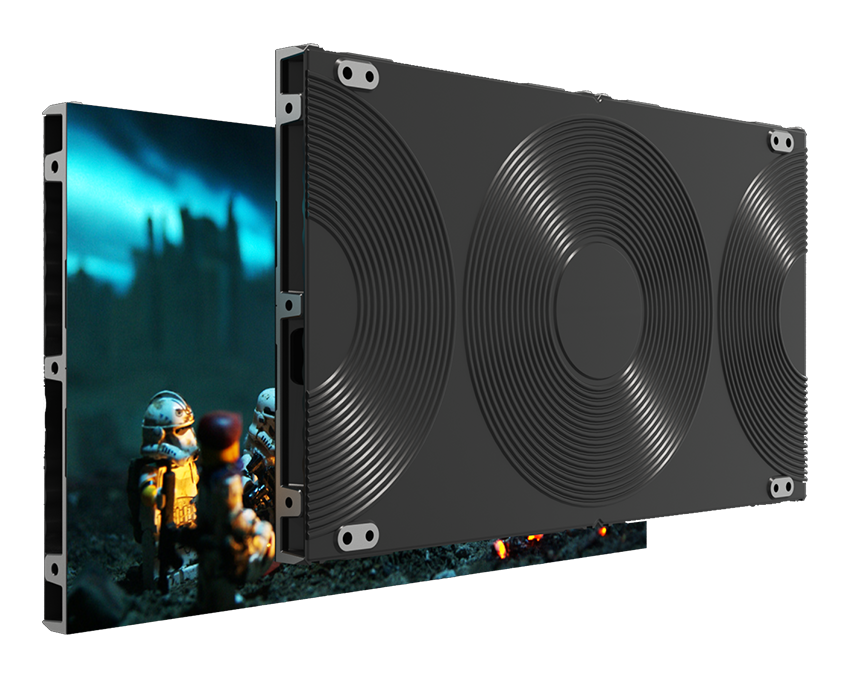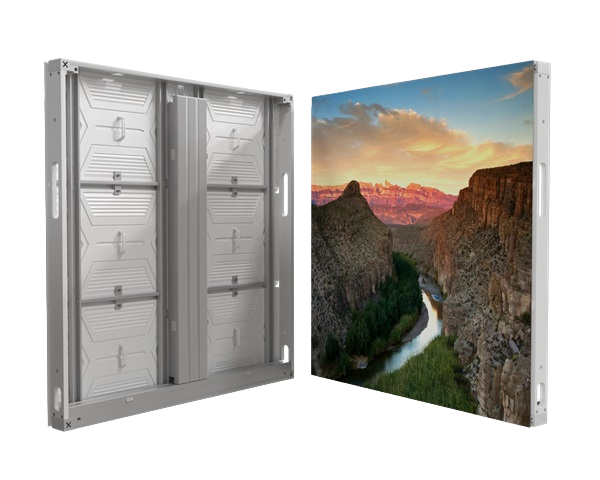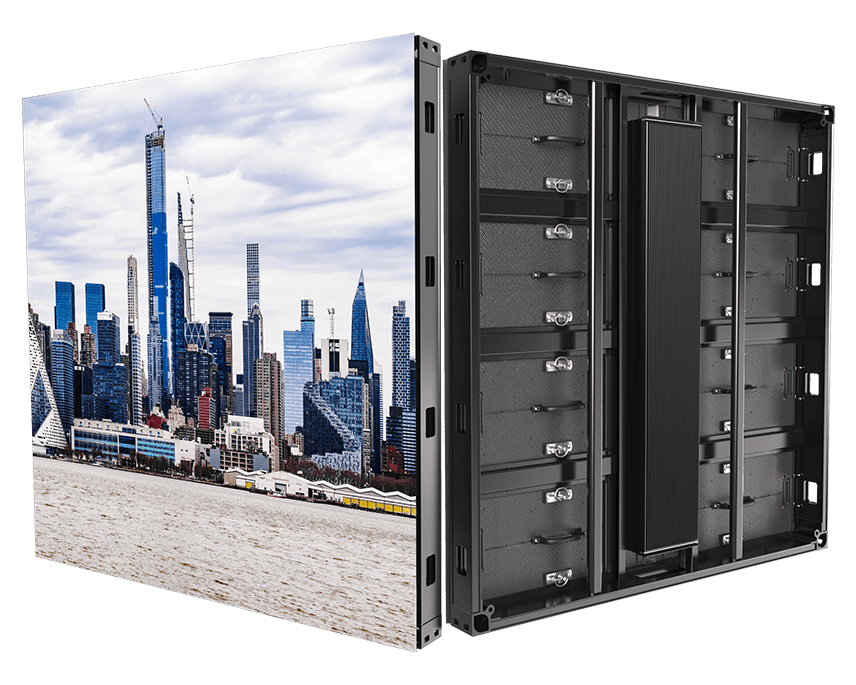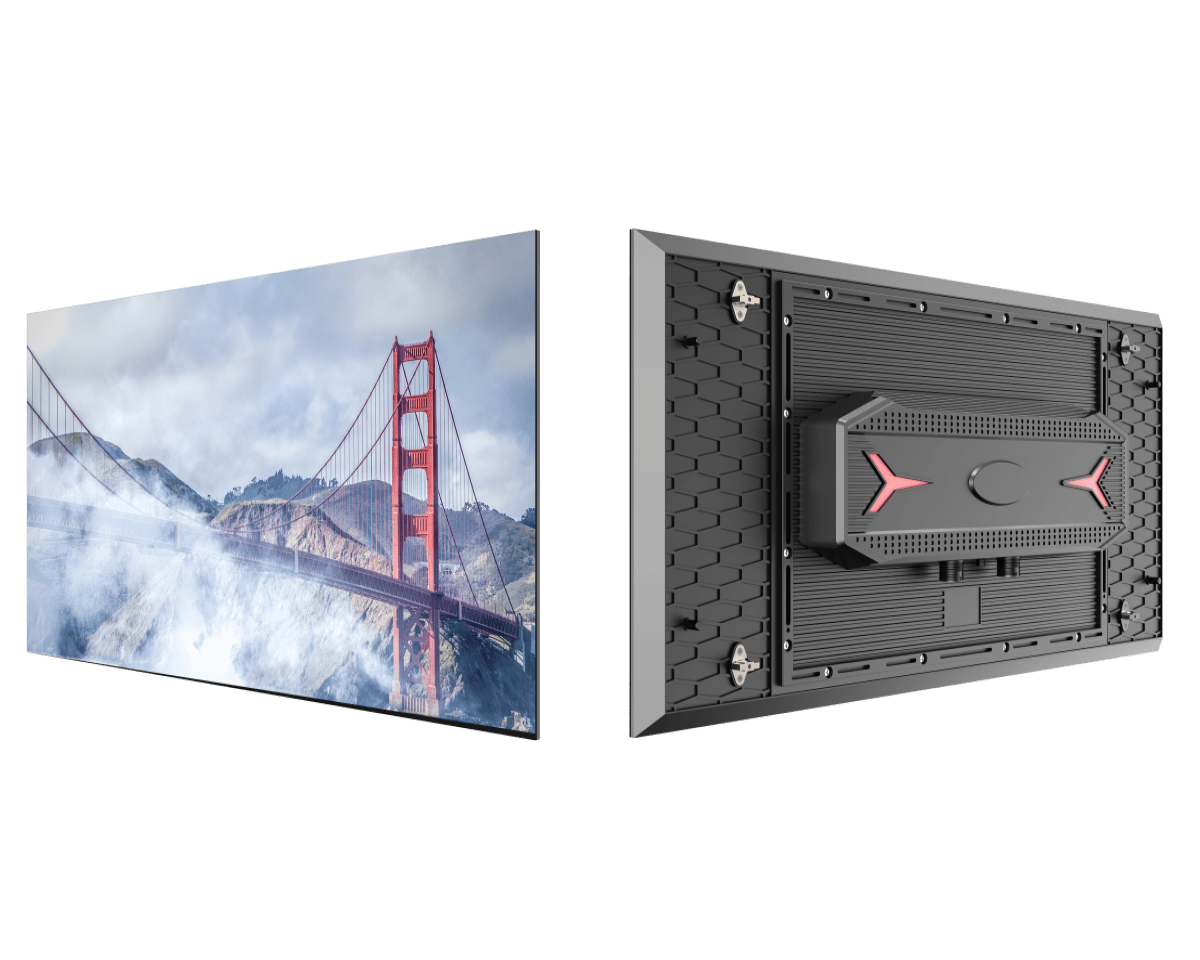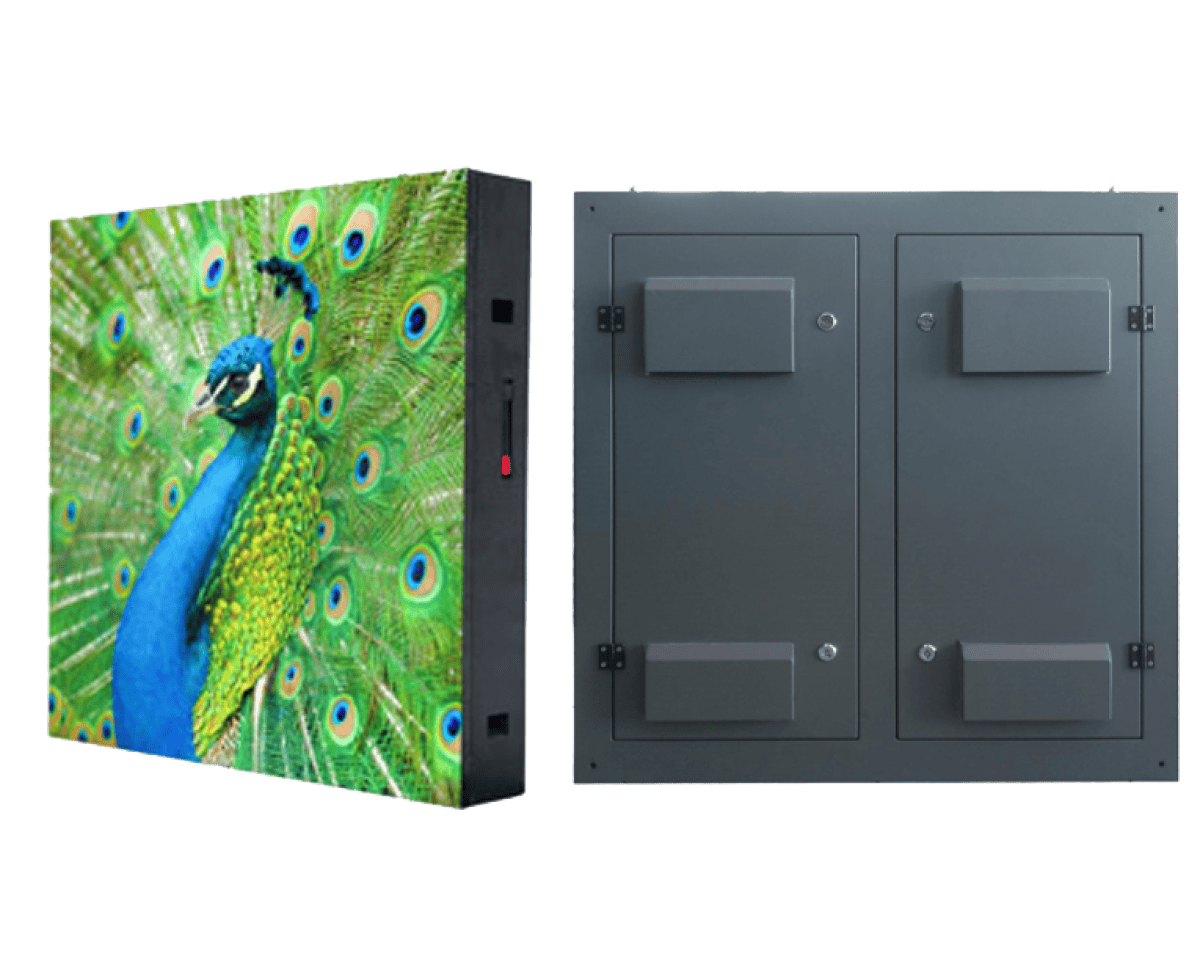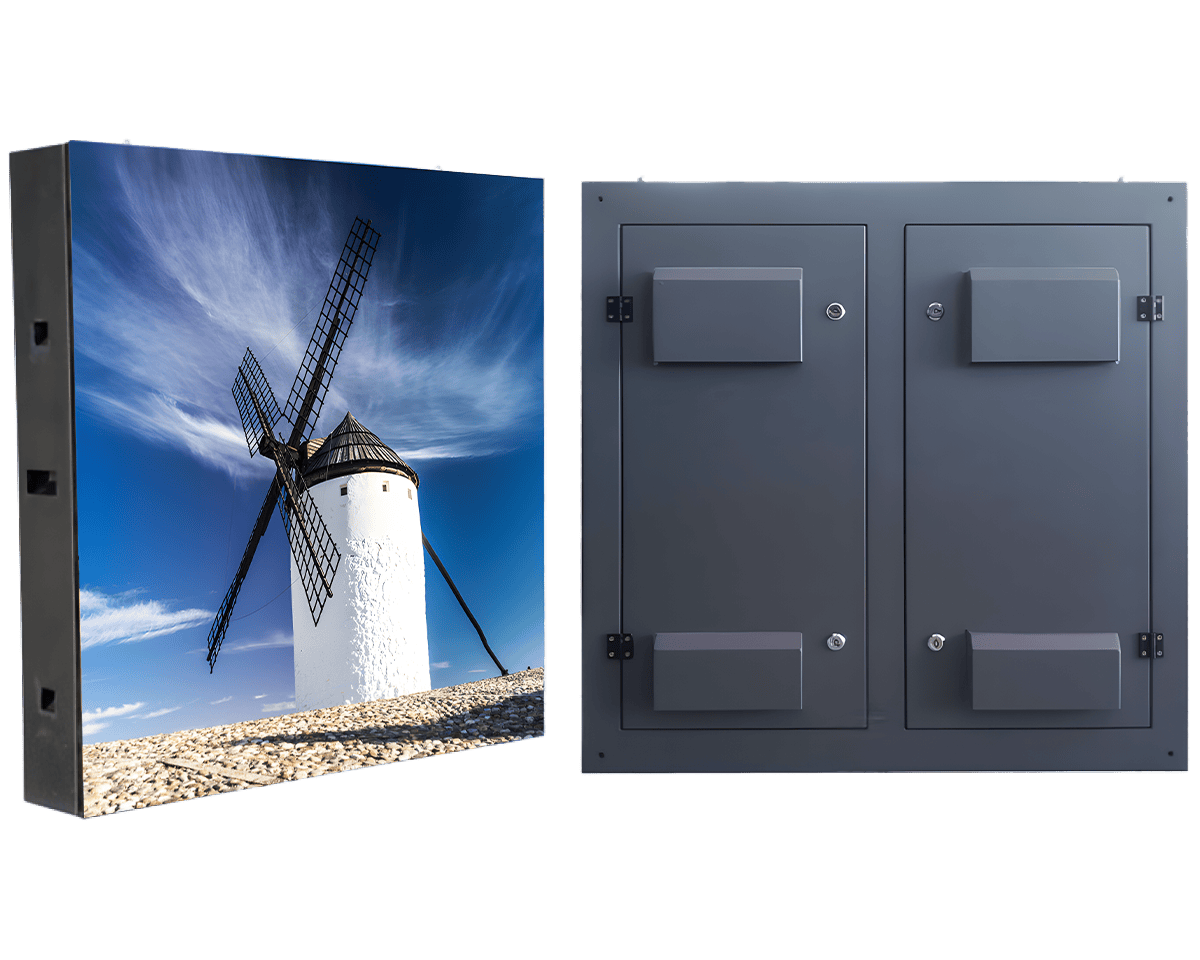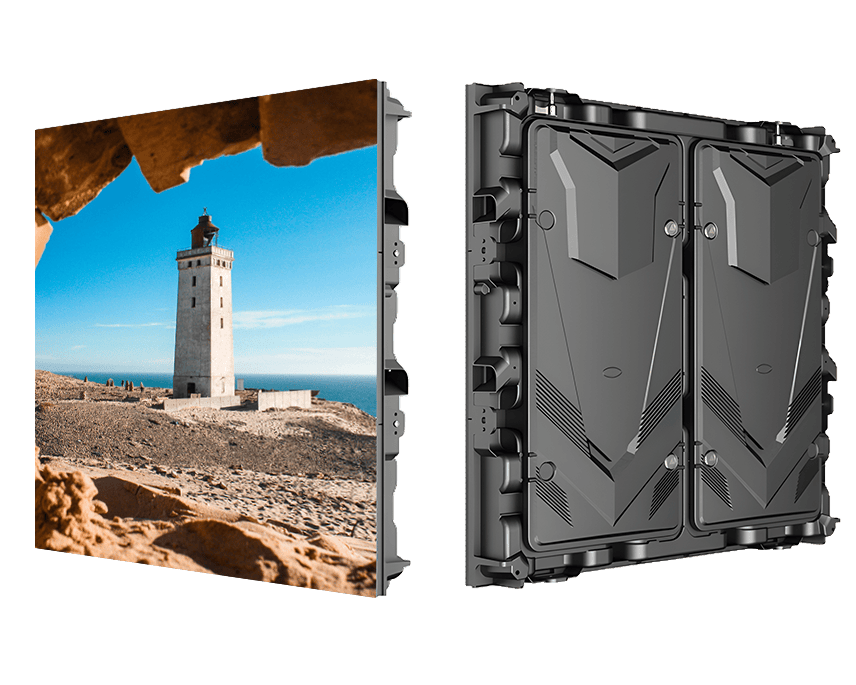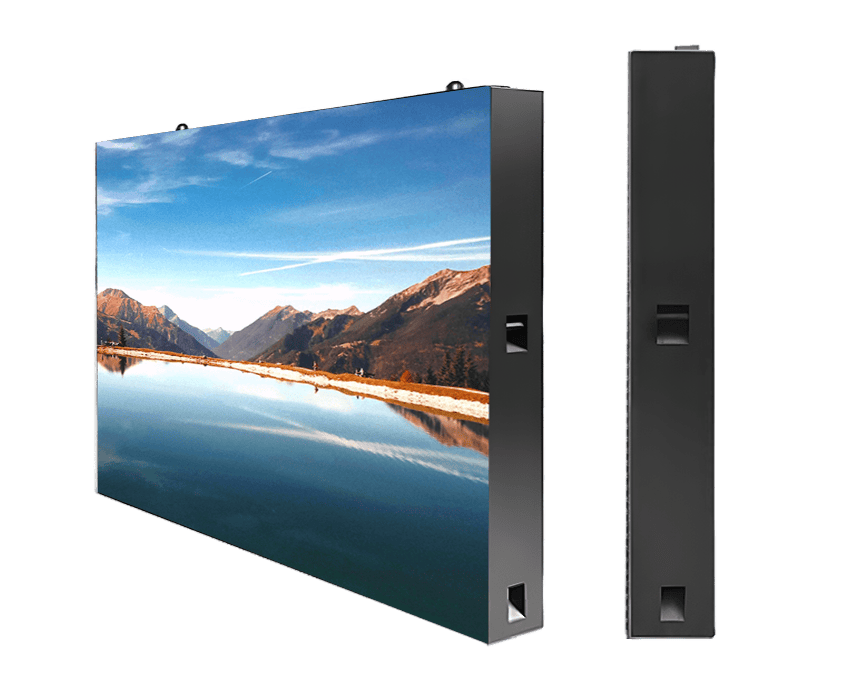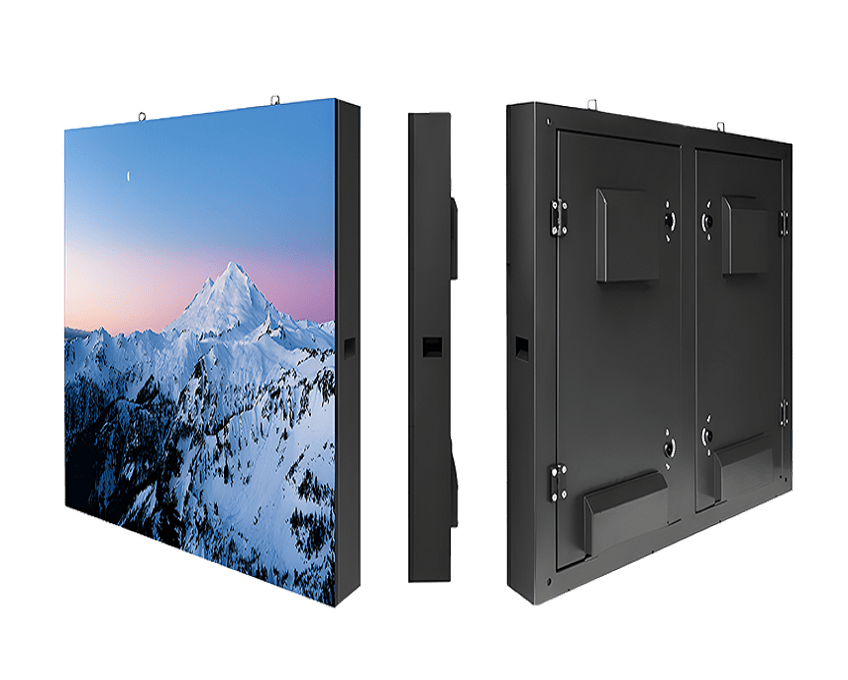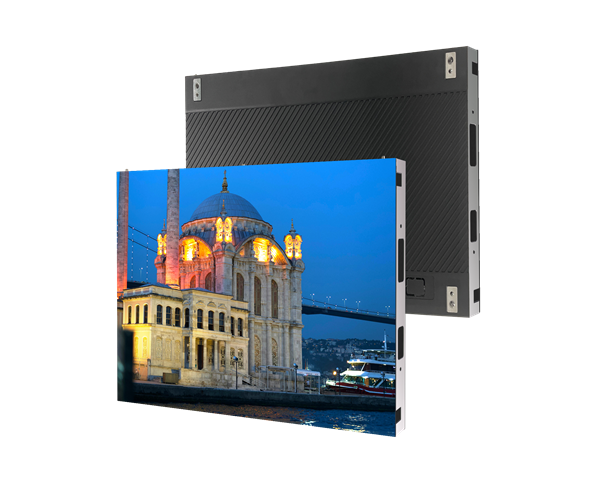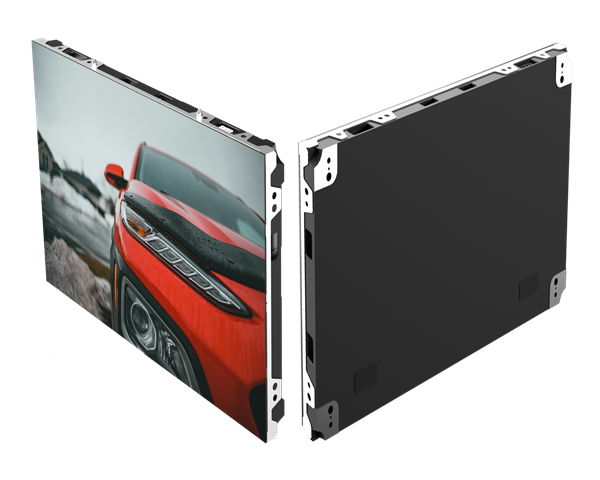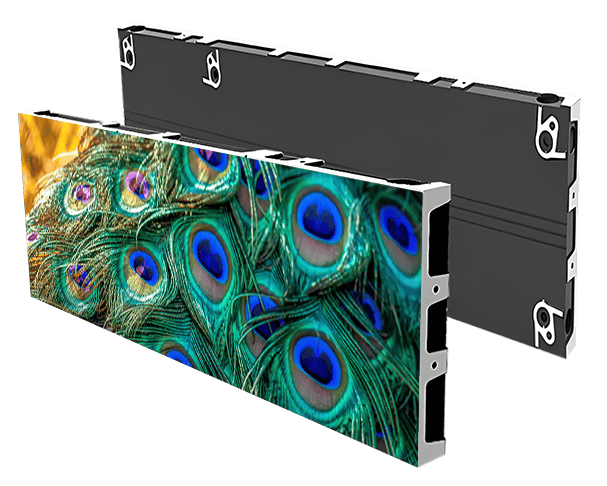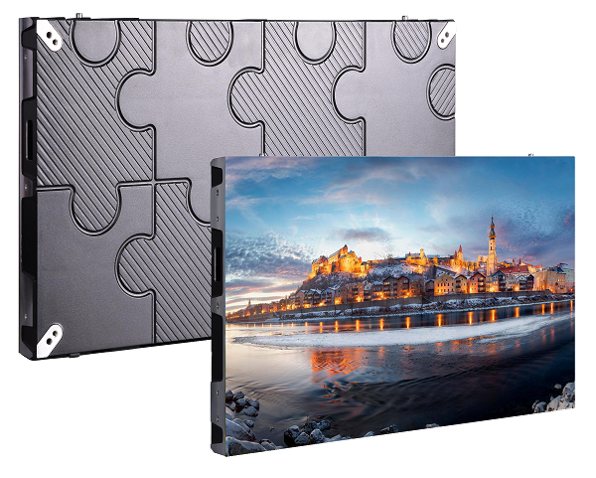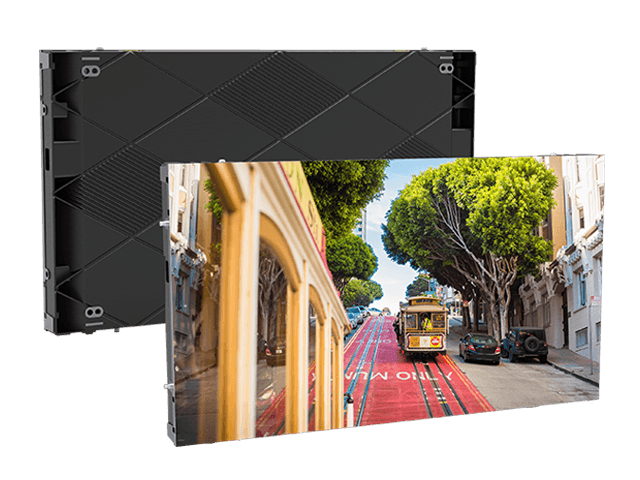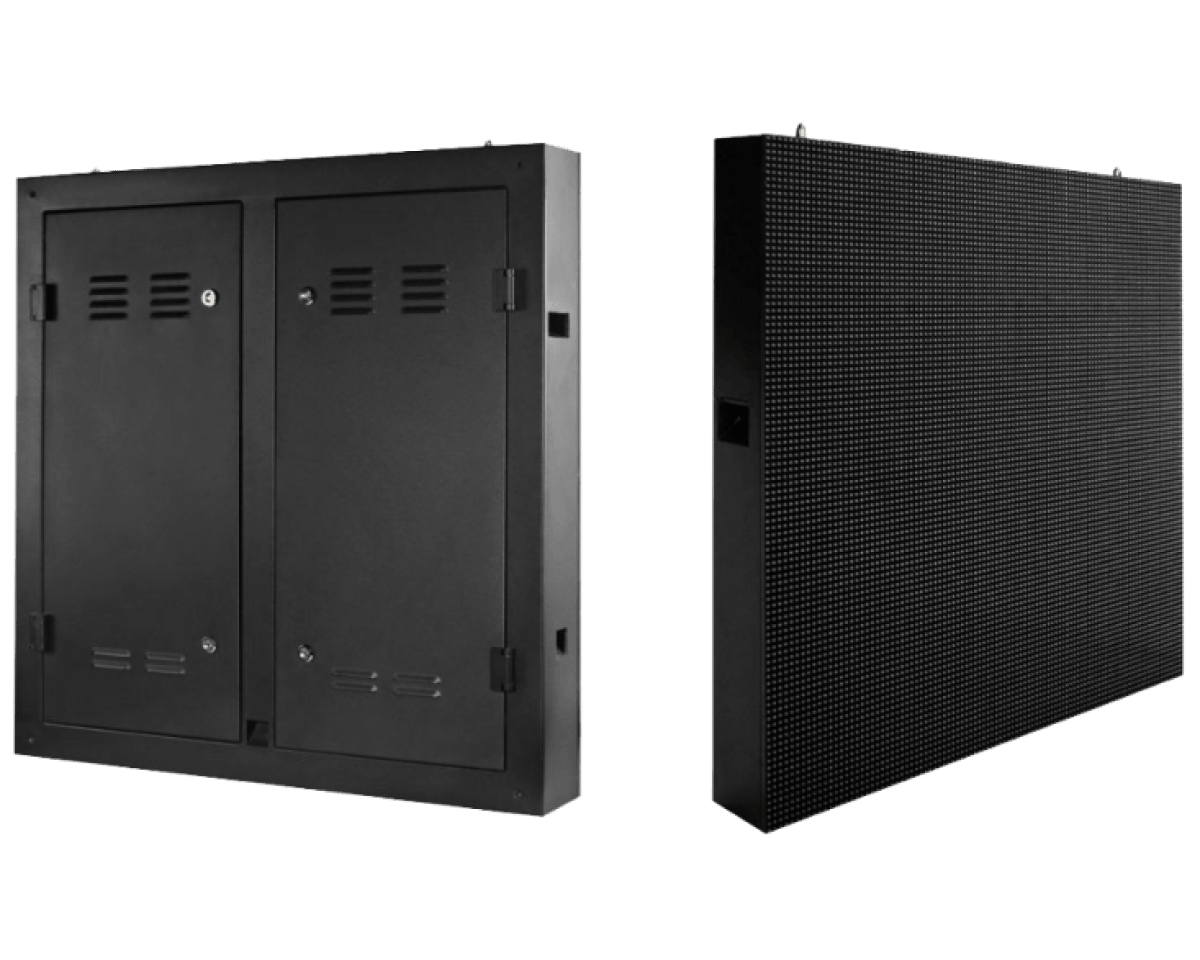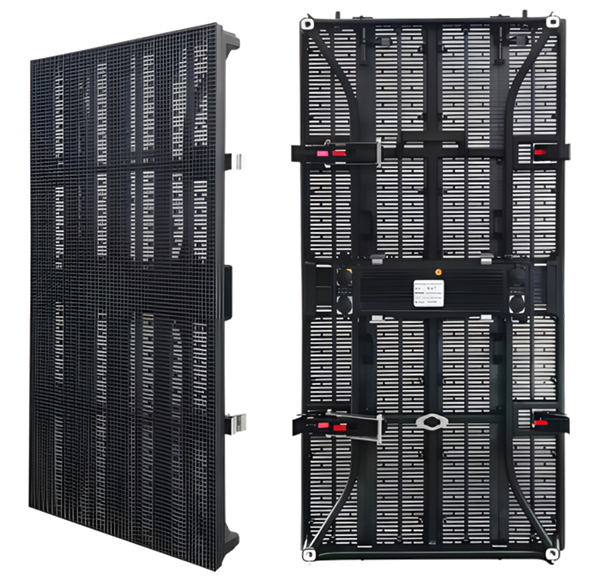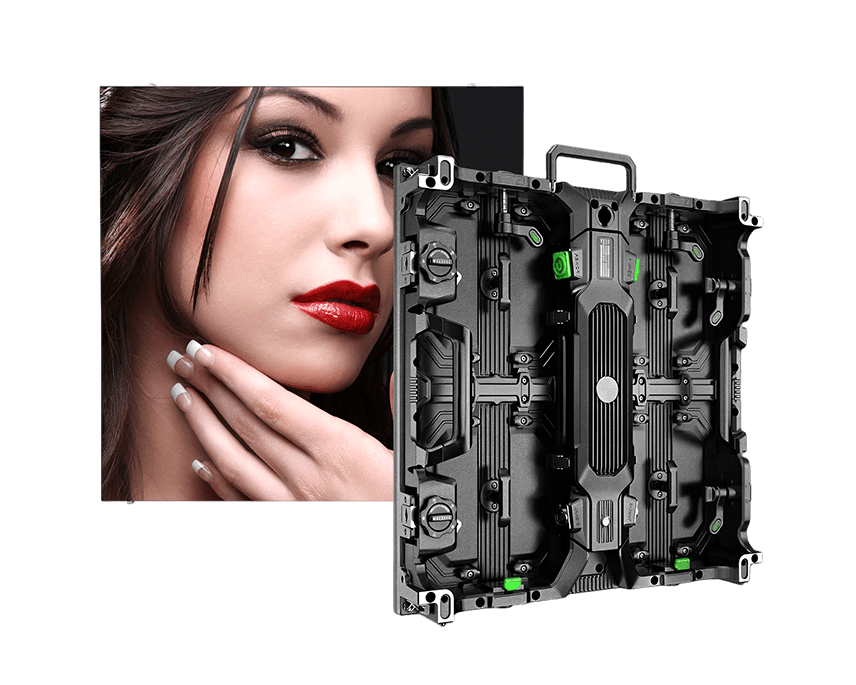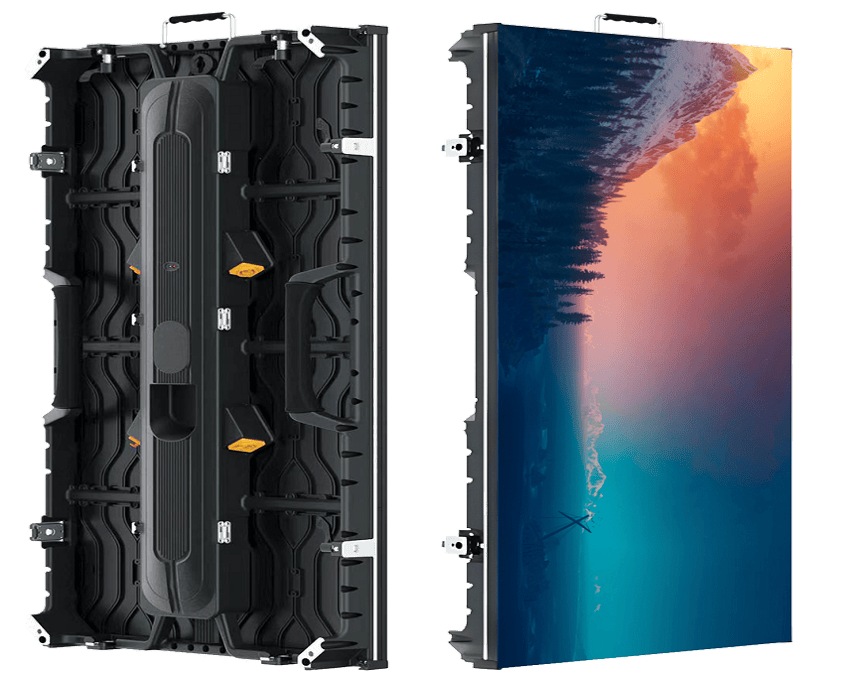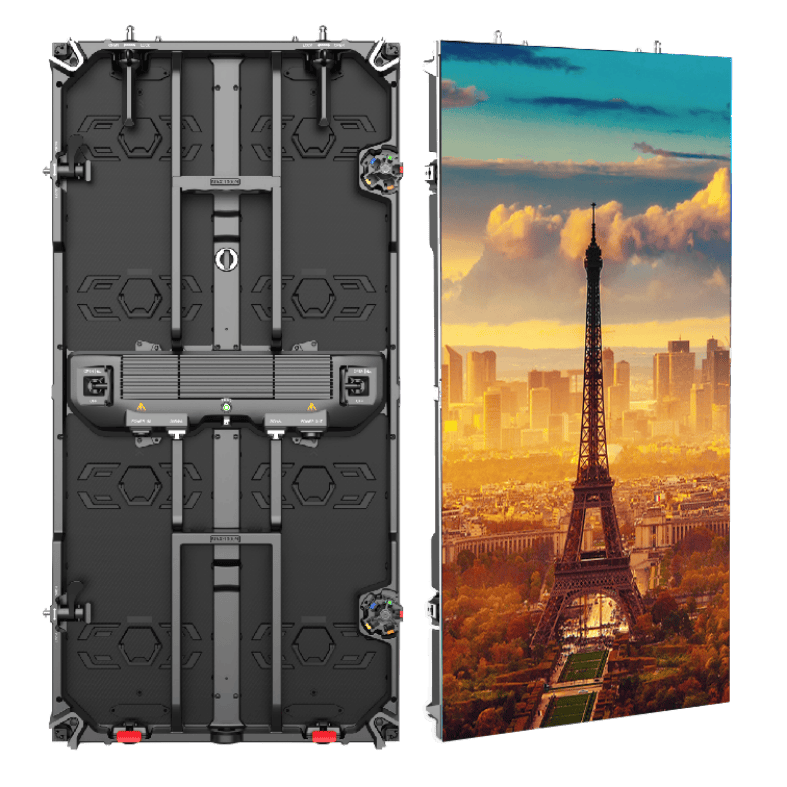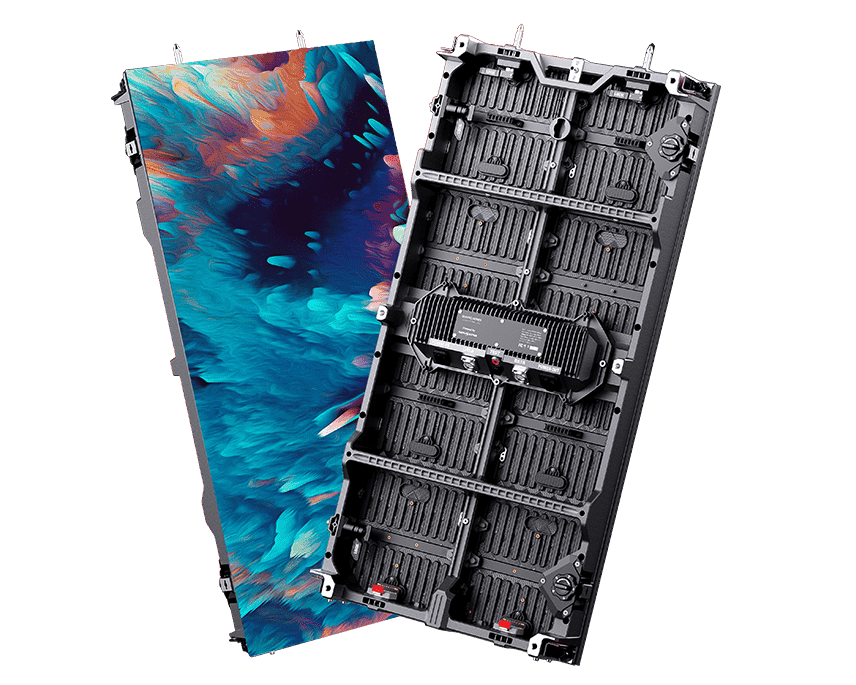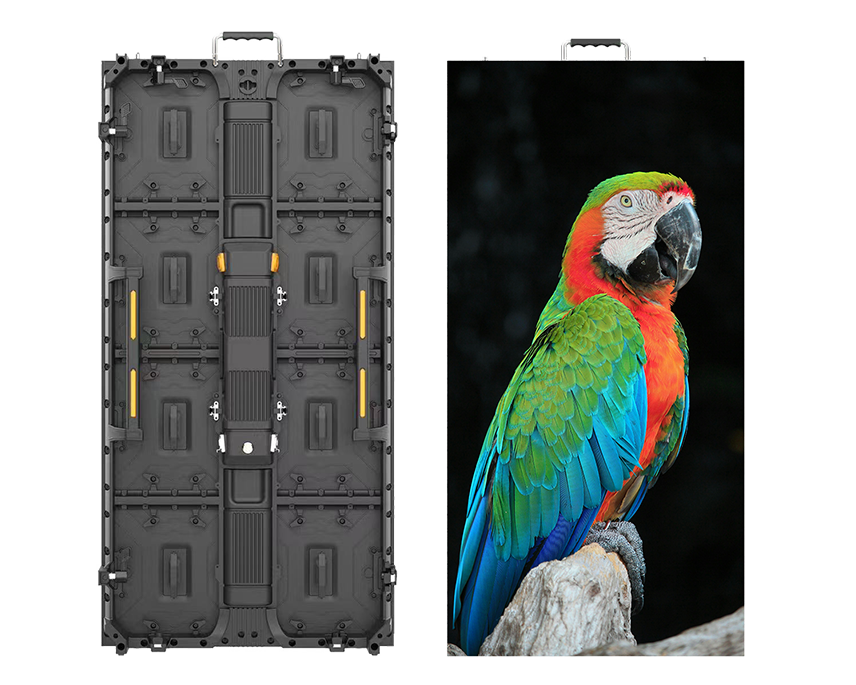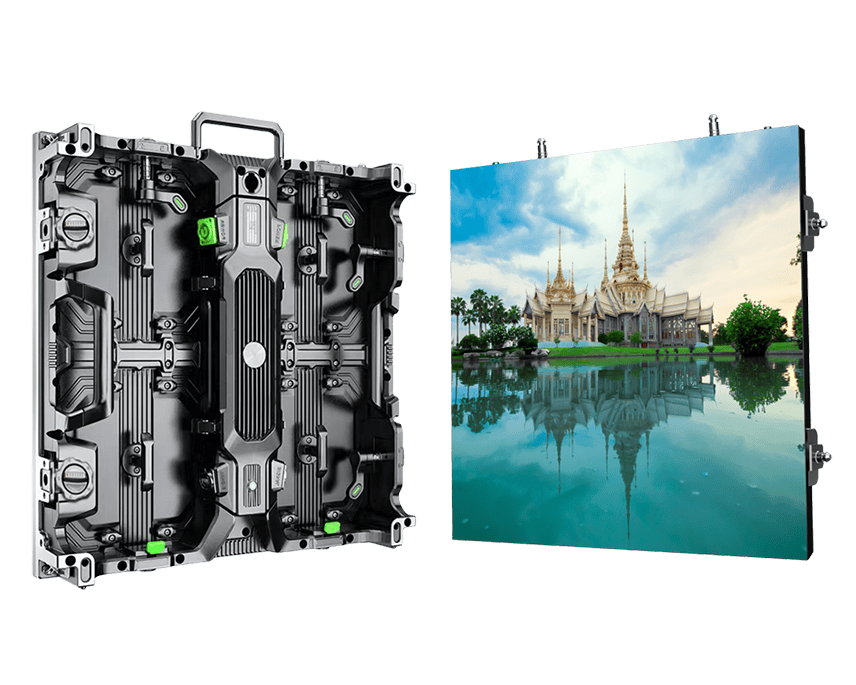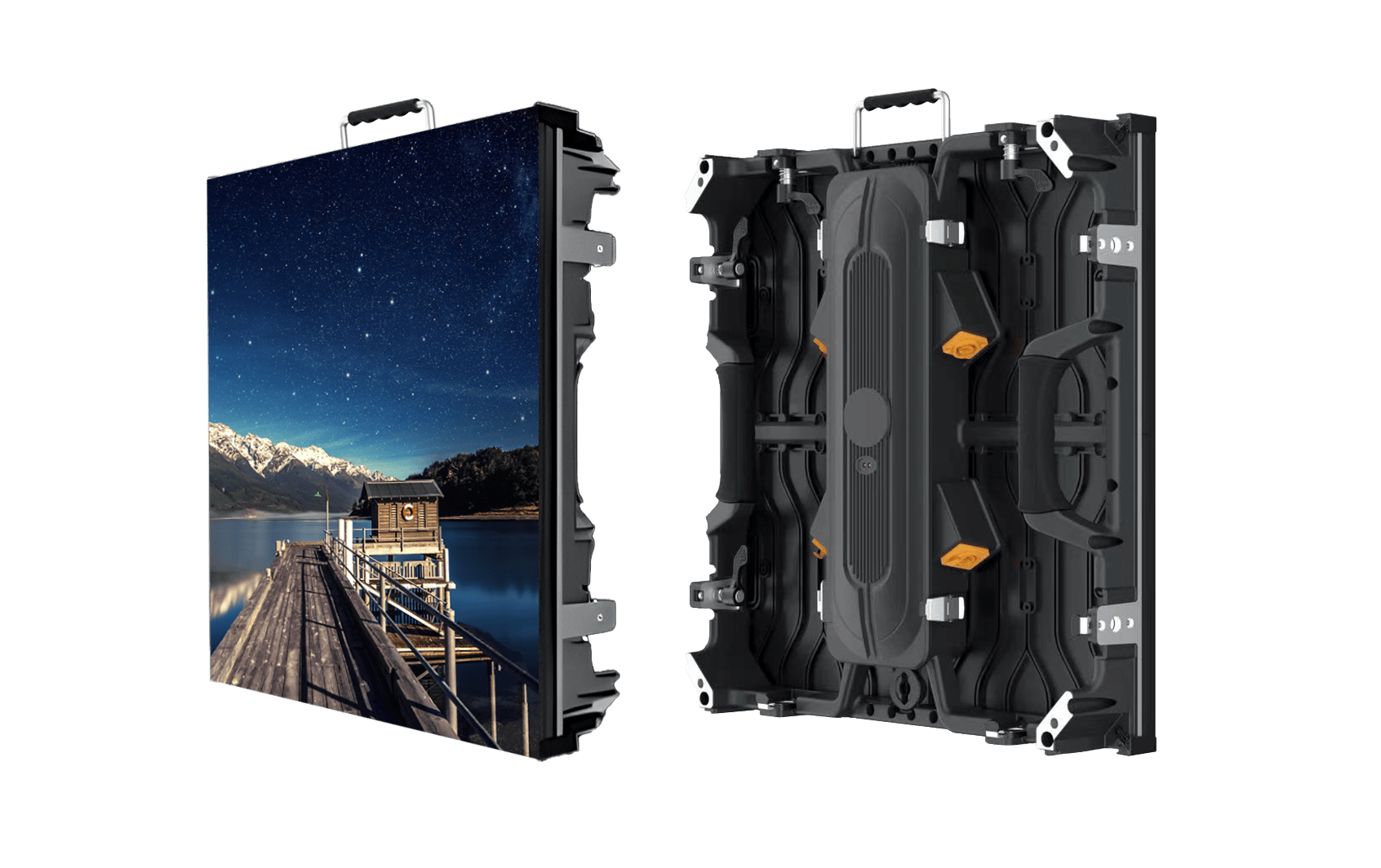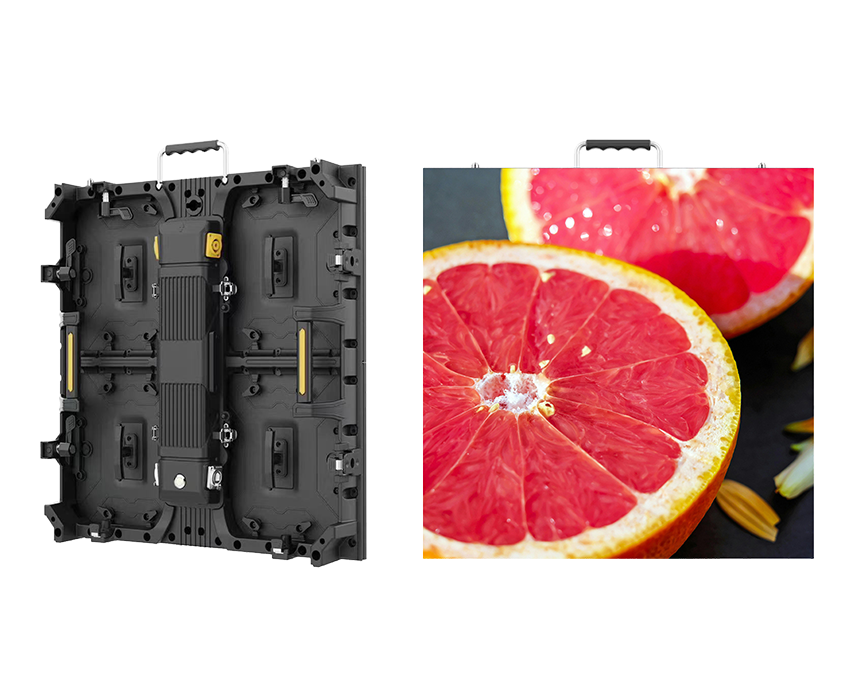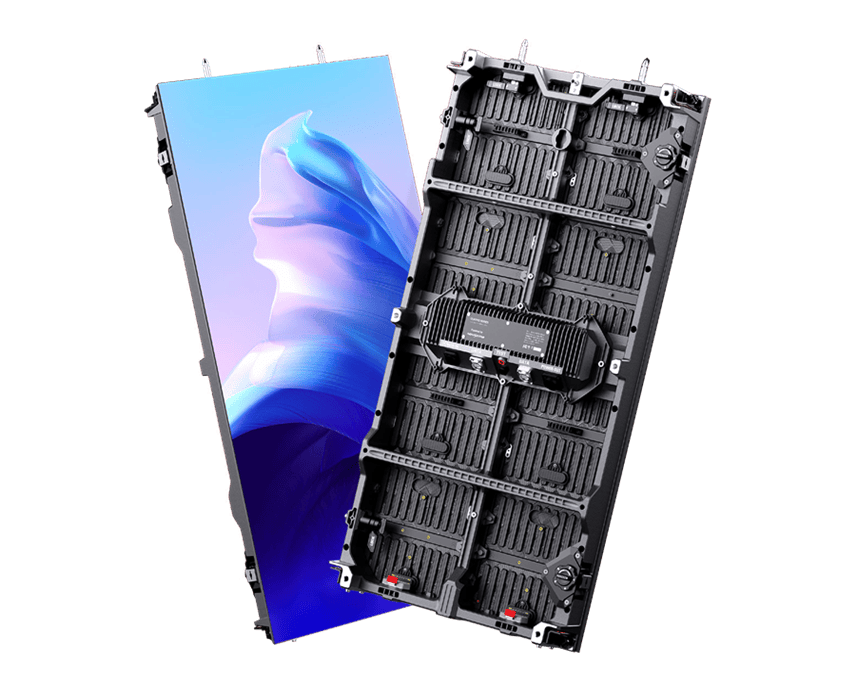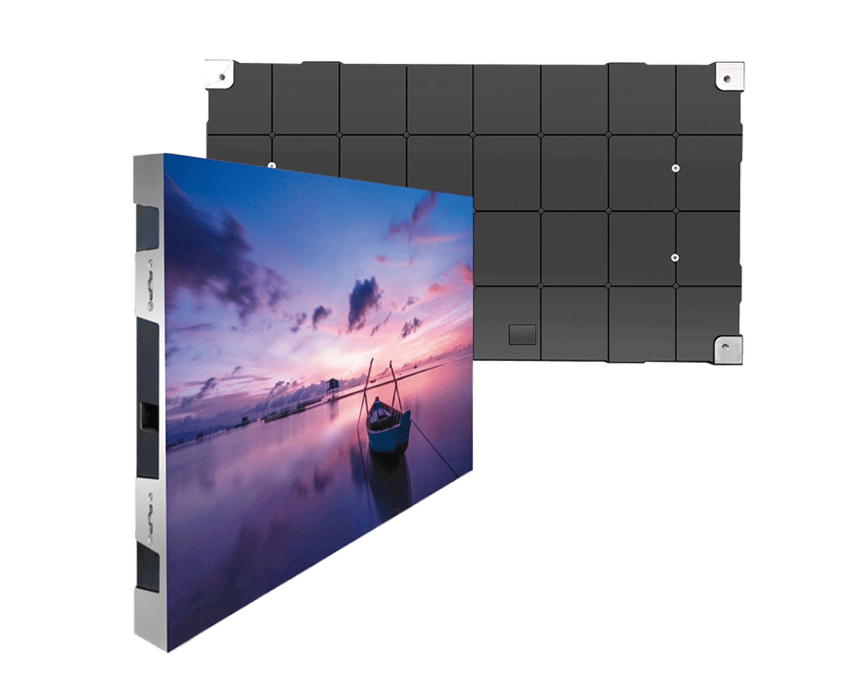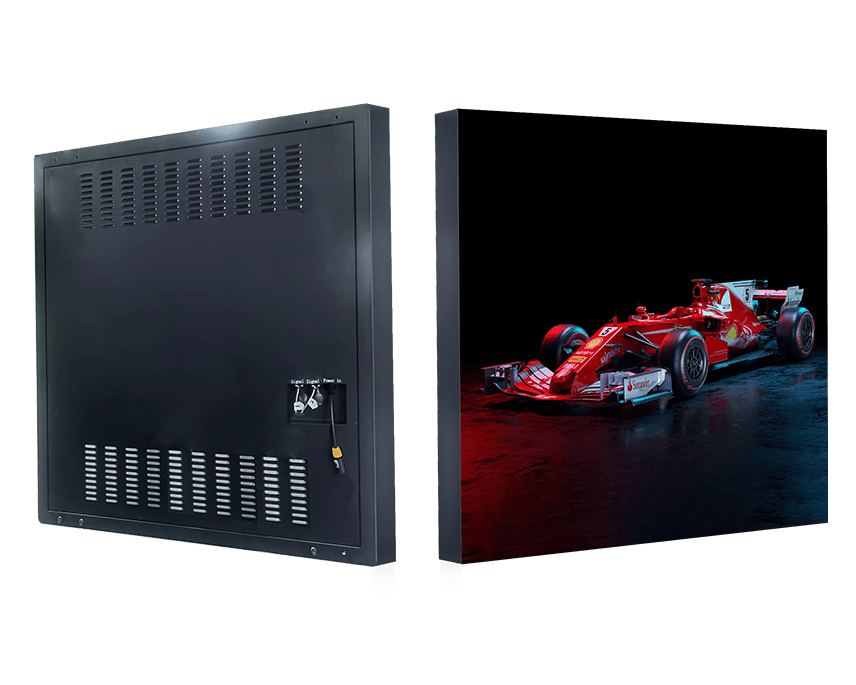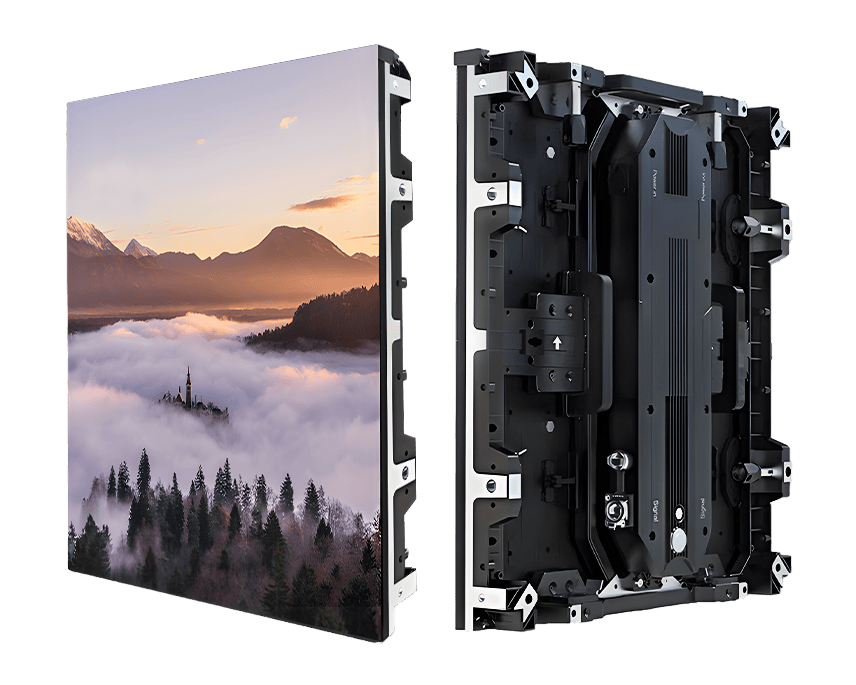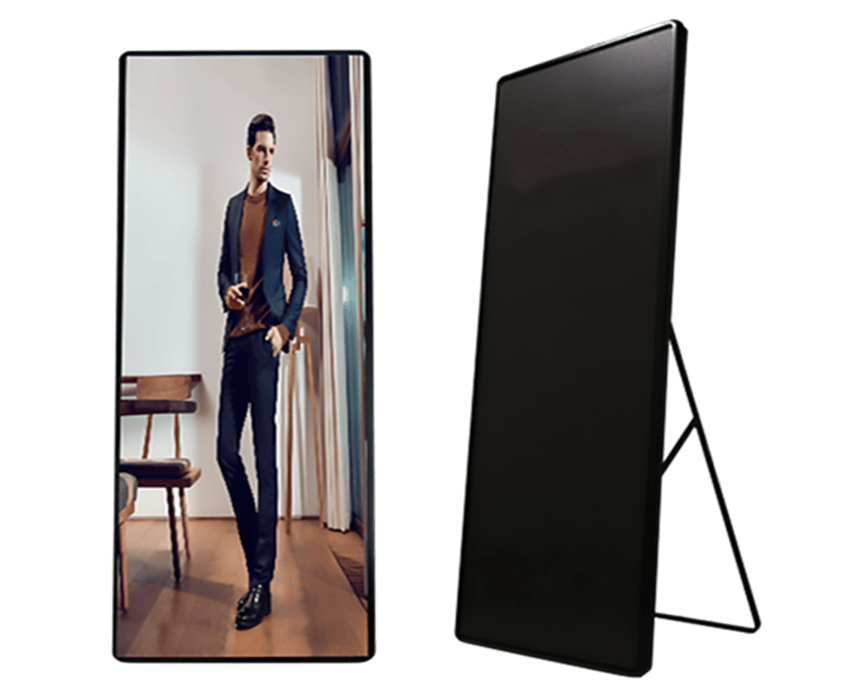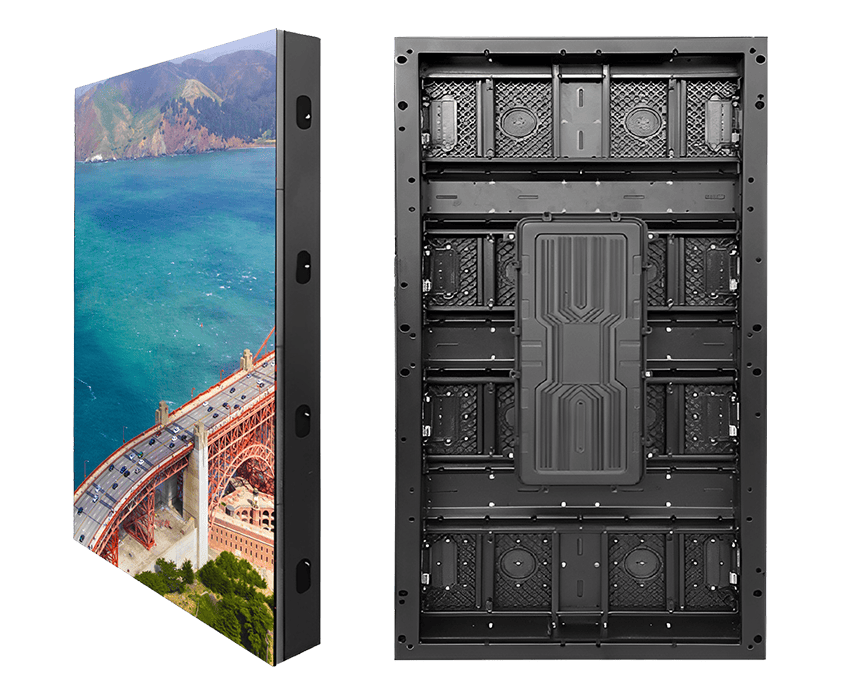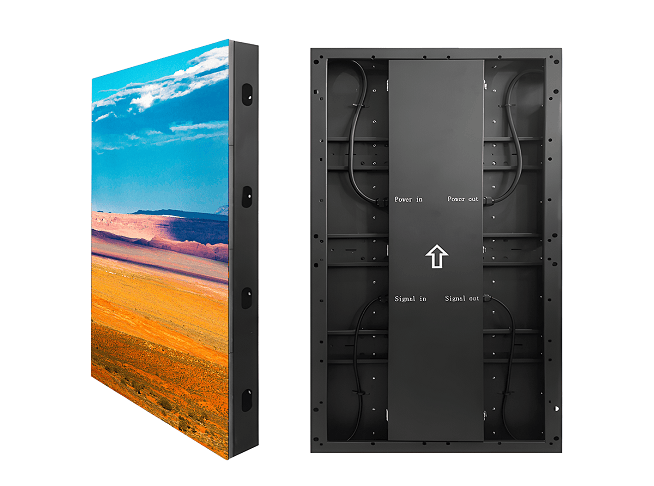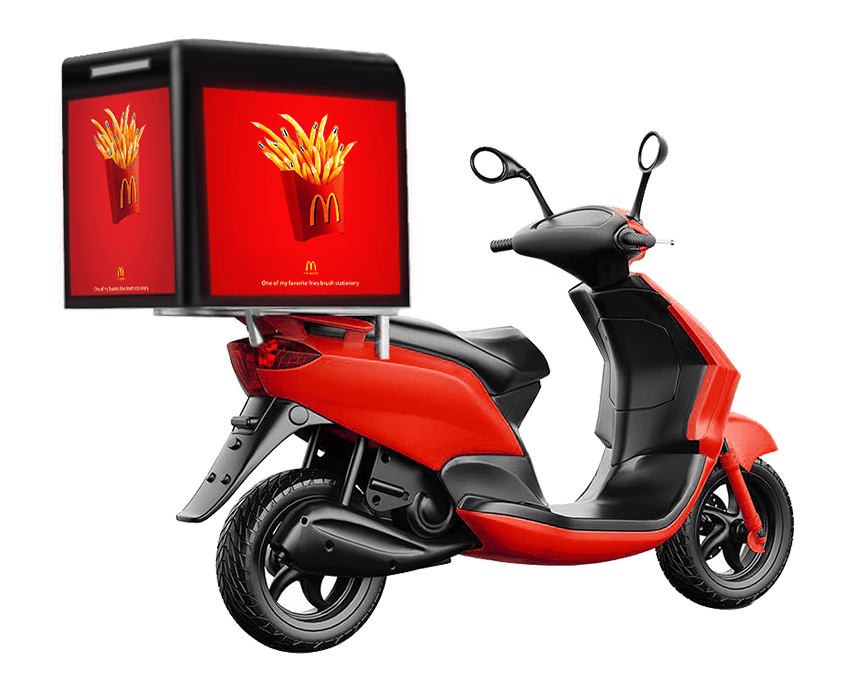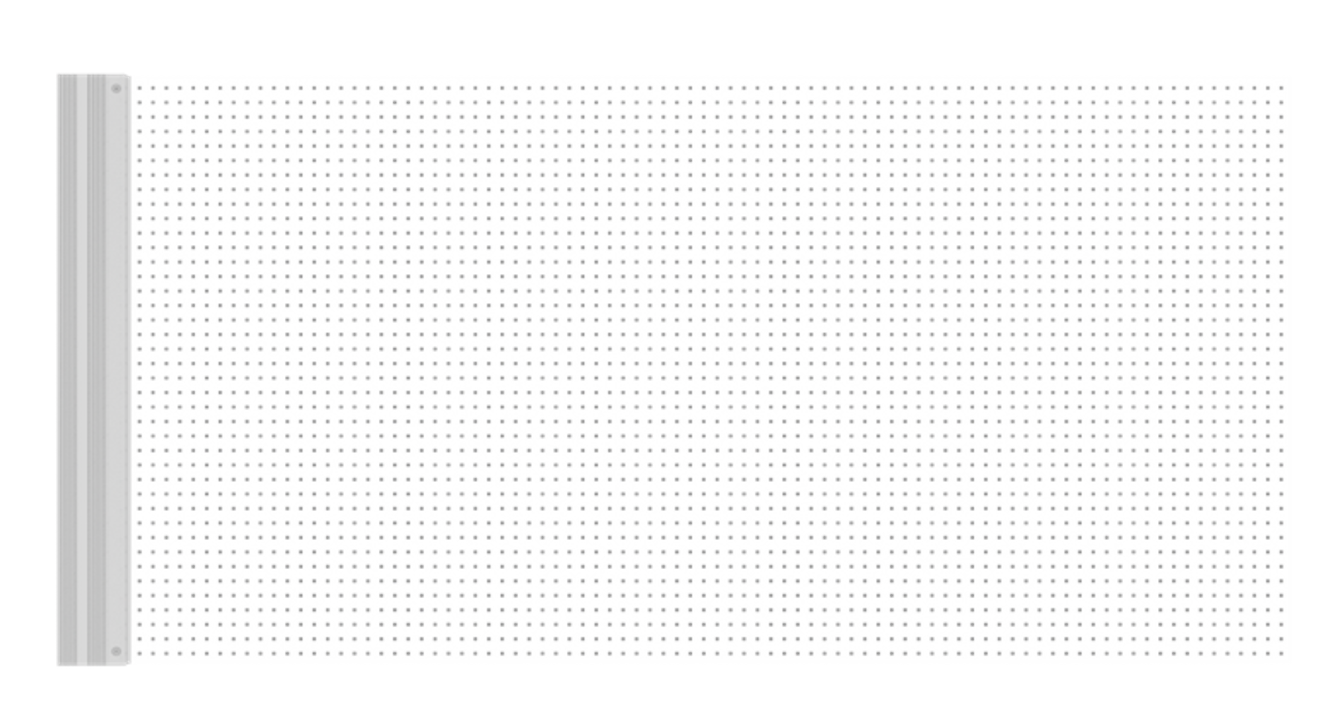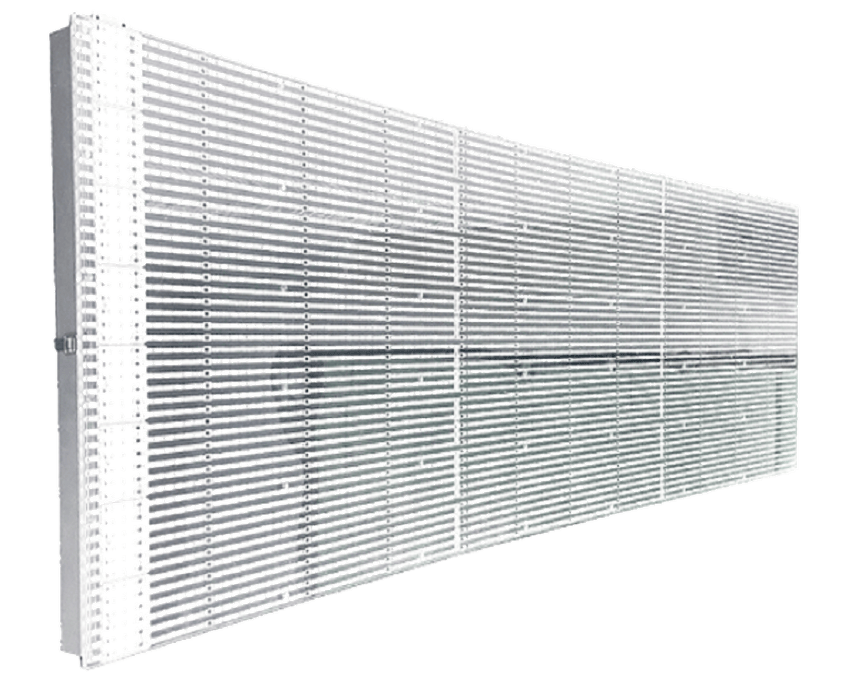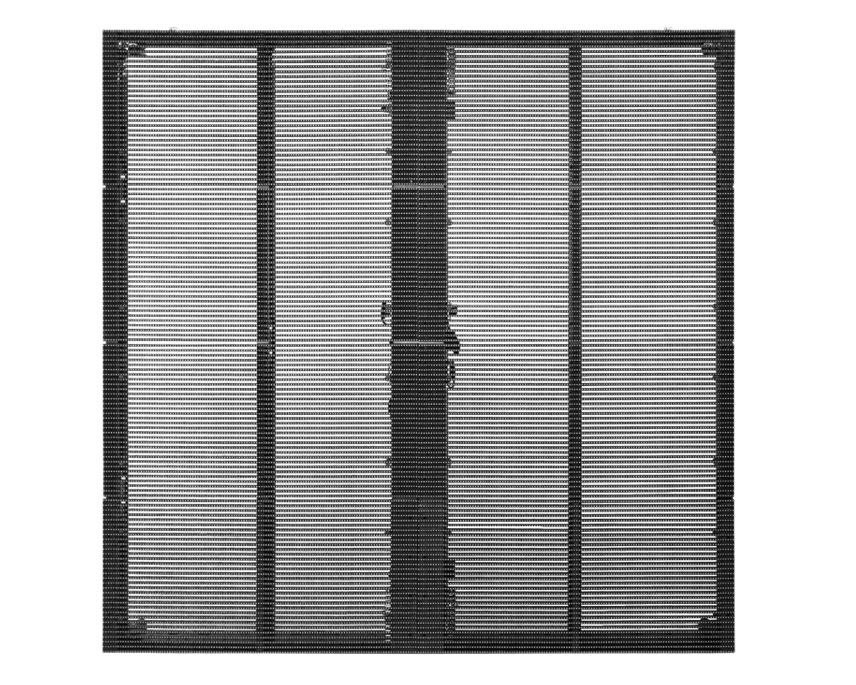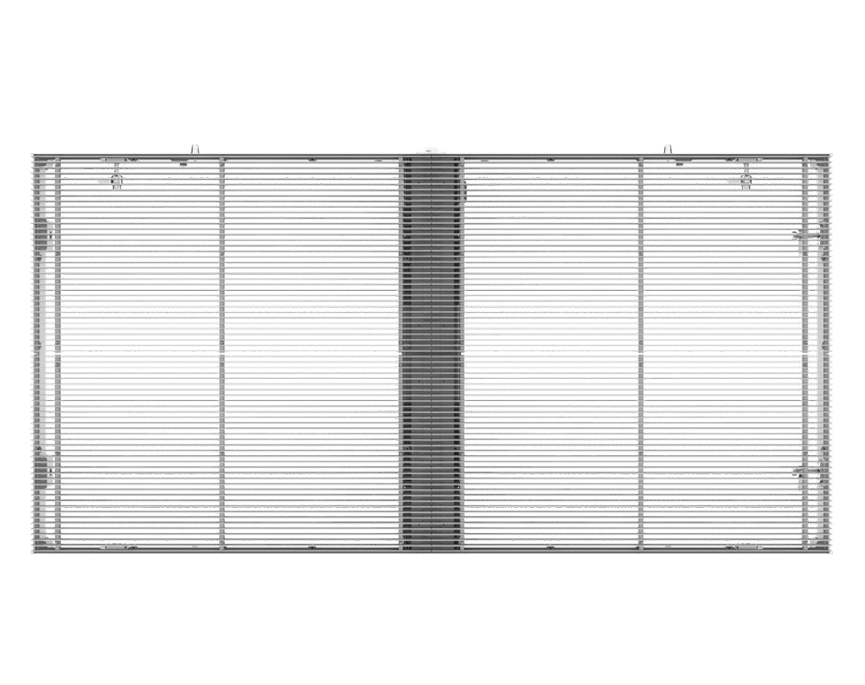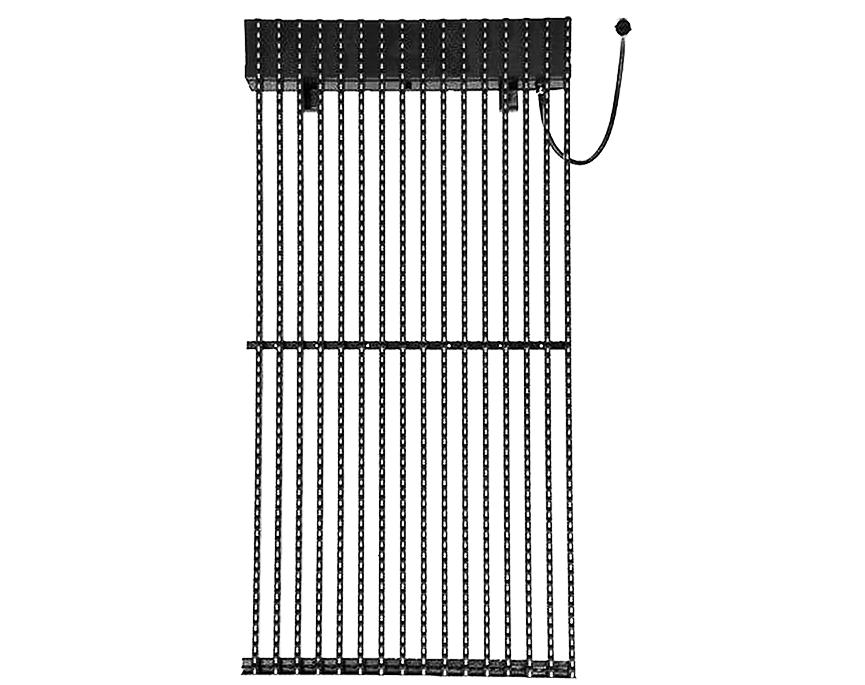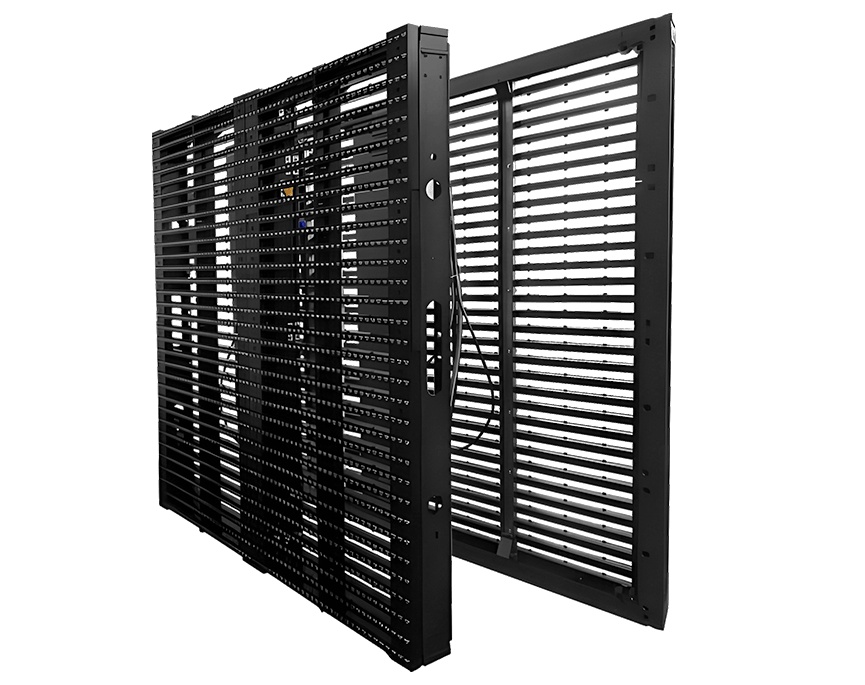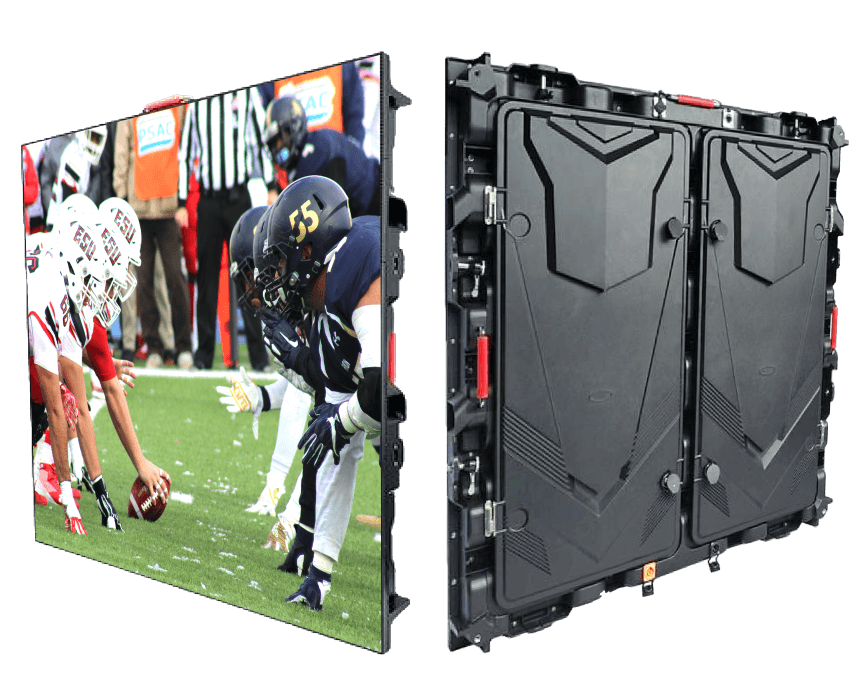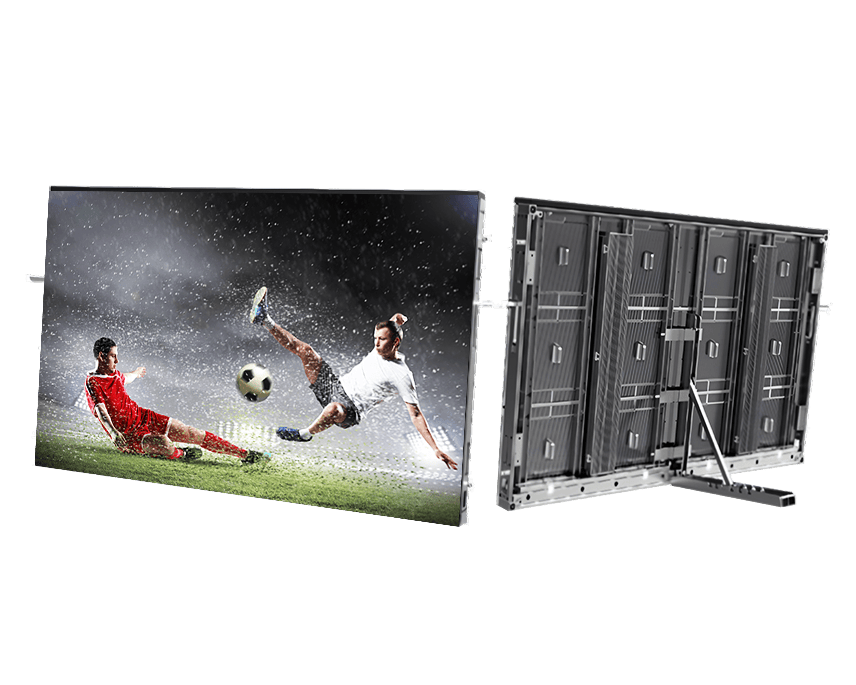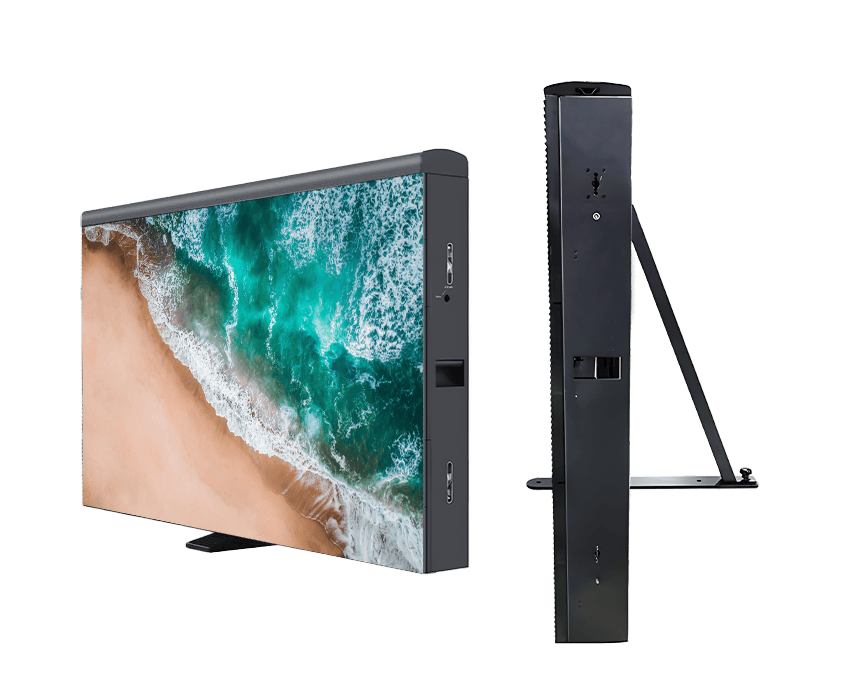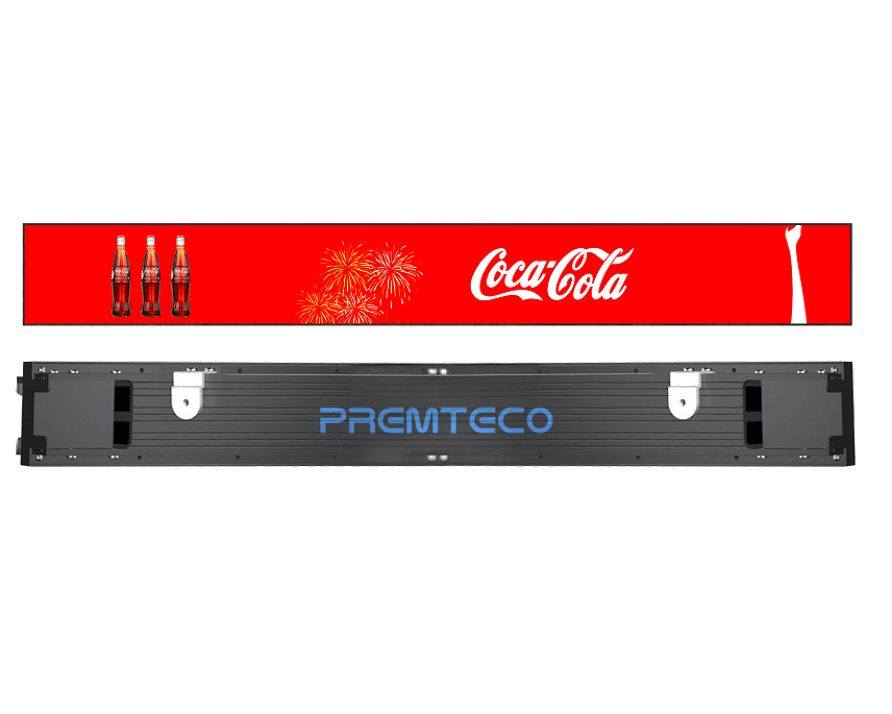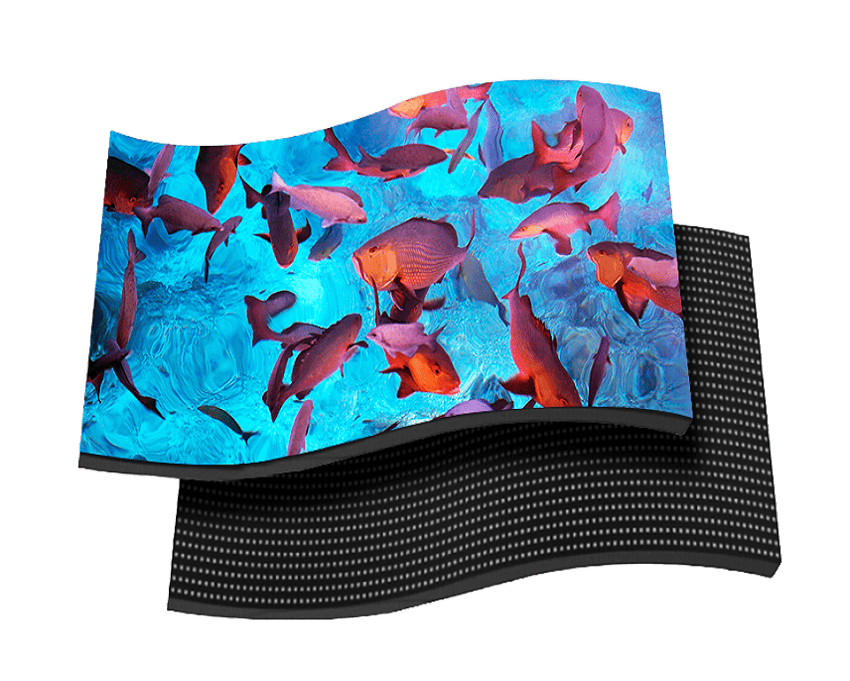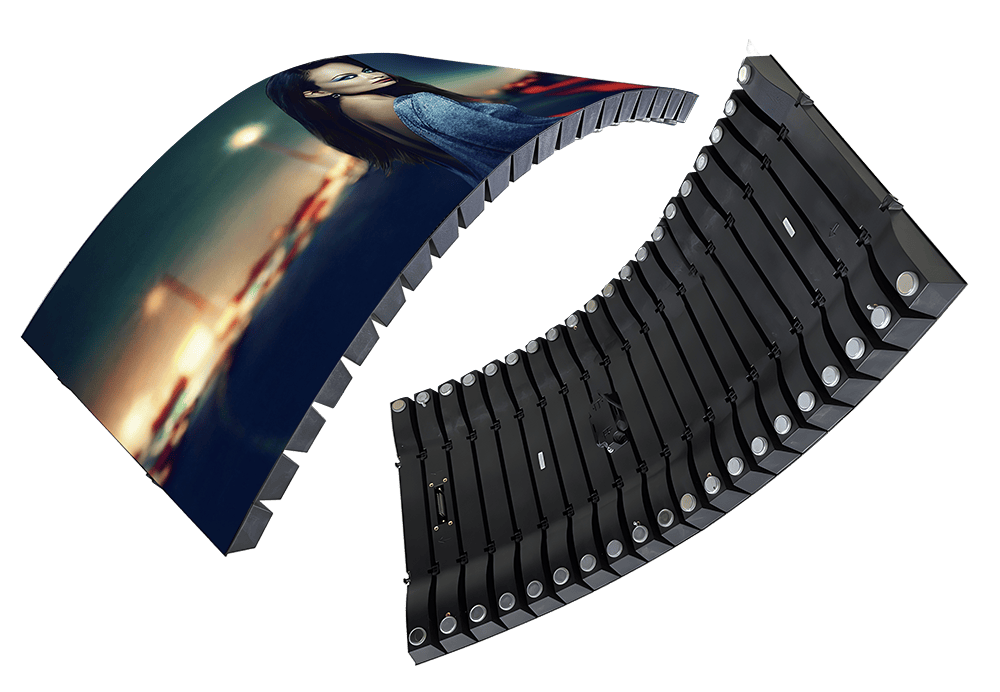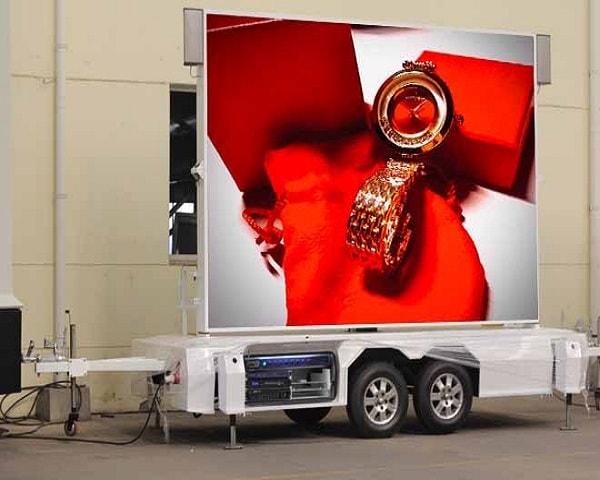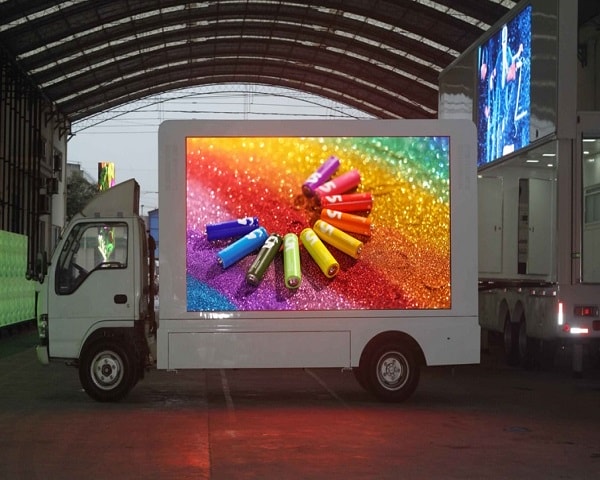COB vs SMD LED Displays: A Comprehensive Neutral Comparison for Professionals
Views: 2277
Author: Site Editor
Publish Time: 2025-05-21
Origin: Site
In the realm of LED display technology, two prominent solutions dominate professional applications: Chip-on-Board (COB) and Surface-Mount Device (SMD). Each offers unique structural and optical characteristics, and both remain highly relevant in commercial, institutional, and public display installations. This article provides a foundational, side-by-side comparison of their technological structures, performance specifications, and use cases. It draws upon real-world product data, particularly COB LED modules provided by Premteco, to deliver a grounded analysis that professionals can rely on when choosing a display system for fixed or mobile deployment.
What is COB LED Display?
Definition
COB stands for Chip-on-Board. In this packaging technology, multiple bare LED chips are mounted directly onto a PCB without individual casing. A layer of epoxy resin encapsulates the entire array, creating a unified, smooth surface. This integrated layout eliminates visible lamp beads and reduces the physical distance between each light-emitting point, resulting in enhanced visual coherence.
Technical Characteristics
Premteco's COB LED display modules include multiple characteristics relevant to indoor fine-pitch display needs. The chips are embedded into an ultra-slim PCB, and each display tile is built for efficient heat conduction using copper foil layers inside the board. This ensures rapid dissipation of thermal energy during extended use, which helps preserve brightness uniformity and reduces the risk of thermal degradation.
The surface is fully protected by a transparent or black epoxy resin that enhances color contrast while providing structural integrity. The entire front face achieves IP54 protection from moisture and dust. Rear-facing ports and components are similarly sealed, enabling the display to function reliably even in mildly humid environments.
Maintenance is designed to be simple. COB modules from Premteco support front-access replacement. A single technician can remove and reinstall defective units without disassembling the entire screen, minimizing downtime and manpower cost.

What is SMD LED Display?
Definition
SMD, or Surface-Mount Device, uses a different approach. Each LED is a packaged component that contains three color diodes (red, green, and blue) inside a molded housing. These small units are soldered onto the PCB and arranged in uniform grids across a modular board. This method has been widely adopted across the industry for both indoor and outdoor screens.
Technical Characteristics
SMD modules offer easy scalability and part-level repairability. If an LED fails, a technician can desolder the affected diode and replace it without discarding the entire module. This is beneficial for high-volume, large-format screens where cost and convenience take priority.
Brightness output on SMD modules tends to be higher than on COB, especially in outdoor variants. Typical values fall in the 2000 to 5000 nit range, depending on configuration and pitch. They are also available with IP65-rated weatherproofing, suitable for use in outdoor environments where water, wind, and dust are constant variables.
Pixel pitch options for SMD generally range from P2.0 to P10, with finer options like P1.2 available for premium indoor projects. These smaller pitches tend to be more expensive and require greater care during manufacturing to ensure alignment accuracy.

Key Technical Comparison
The following table summarizes key technical differences based on Premteco COB models and typical SMD products:
| Feature |
COB LED Displays |
SMD LED Displays |
|
Pixel Pitch
|
Ultra-small: P0.5–P1.5 standard (e.g., P0.7, P0.9 in COB MAX series)
|
Medium to large: P2.0+ standard; P1.2 available with added cost
|
|
Brightness
|
600–3,000 nits; indoor-optimized (COB MAX reaches 3,000 nits)
|
2,000–5,000 nits; optimized for direct sunlight and outdoor use
|
|
Refresh Rate
|
3,840–7,680 Hz; suitable for live broadcast, camera feeds
|
1,920–3,840 Hz; up to 5,000 Hz in higher-end configurations
|
|
Viewing Angle
|
170° horizontal/vertical; seamless integration across tiles
|
140°–160° typical; visible seams more likely in low-cost setups
|
|
Durability
|
Fully encapsulated; impact-resistant, anti-oxidation, anti-UV
|
Exposed lamp beads prone to mechanical damage and environmental stress
|
|
Installation
|
Lightweight PCB supports wall-mounted and seamless setups
|
Bulkier structure requires stronger frames and support infrastructure
|
Application Scenarios: Neutral Analysis
When to Consider COB
-
Indoor High-End Environments
COB LED displays are optimized for scenarios that demand high pixel density and sleek aesthetics. In video conferencing rooms, the P0.9 and P1.2 modules deliver crisp, distortion-free visuals that accommodate 16:9 content formats. High refresh rates avoid flicker artifacts during camera use.
Broadcast studios benefit from COB's dark surface and minimal reflections, which maintain color consistency and visual clarity under lighting equipment. In museums and science centers, seamless tile joining and subtle brightness levels allow immersive viewing without visual fatigue.
-
Additional Advantages
COB's lower minimum brightness (starting from 600 nits) reduces eye strain during long viewing periods. The slim and sealed module design saves space in tight control room settings and makes the screen easier to clean and maintain.

When to Consider SMD
-
Outdoor and High-Mobility Scenarios
SMD remains dominant in outdoor environments. High-brightness SMD screens maintain readability in daylight and resist exposure to rain and dust. This makes them suitable for commercial plazas, sports stadiums, and transit hubs.
Rental and staging companies often prefer SMD for events and concerts. The modular design allows fast assembly and breakdown. Technicians are familiar with standard SMD servicing methods, making field repairs more predictable.
-
Additional Advantages
SMD's wide availability makes it cost-efficient for large-scale displays where ultra-fine resolution isn't critical. Its proven reliability over many years has built strong user familiarity and technical infrastructure around its deployment.
Maintenance and Lifespan
COB Maintenance
Premteco COB modules feature front-access design. A single technician can lift and replace a module without affecting the surrounding structure. There is no need for rear panel removal or complex disassembly procedures. The epoxy surface resists scratches, so routine cleaning does not damage the LED matrix. The manufacturer notes consistent performance over five years in typical usage scenarios, with minimal color shift and pixel failure.

SMD Maintenance
SMD modules typically rely on rear-access maintenance, though some indoor types do support front servicing. Individual lamp beads can be replaced, but the process is labor-intensive and requires fine soldering tools. In high-brightness setups, lamp degradation occurs faster due to exposure to UV light and weather cycles.
Cost Comparison
Initial costs for COB displays are usually higher, driven by advanced manufacturing processes and resin coating materials. However, over time, fewer failures and easier maintenance may offset this expense. SMD screens are less costly to install initially but often incur more frequent maintenance or pixel-level repairs, especially in demanding environments.
conclusion
While both COB and SMD LED displays meet the needs of professional users in different scenarios, COB technology—especially as implemented in Premteco's product lineup—offers a distinct advantage for fine-pitch indoor applications that demand durability, clarity, and long-term stability with minimal maintenance. For those seeking compact, high-performance solutions with seamless visuals, Premteco's COB series presents a reliable and well-engineered choice.
Contact us at info@ptcled.com or visit www.ptcled.com for more information.









